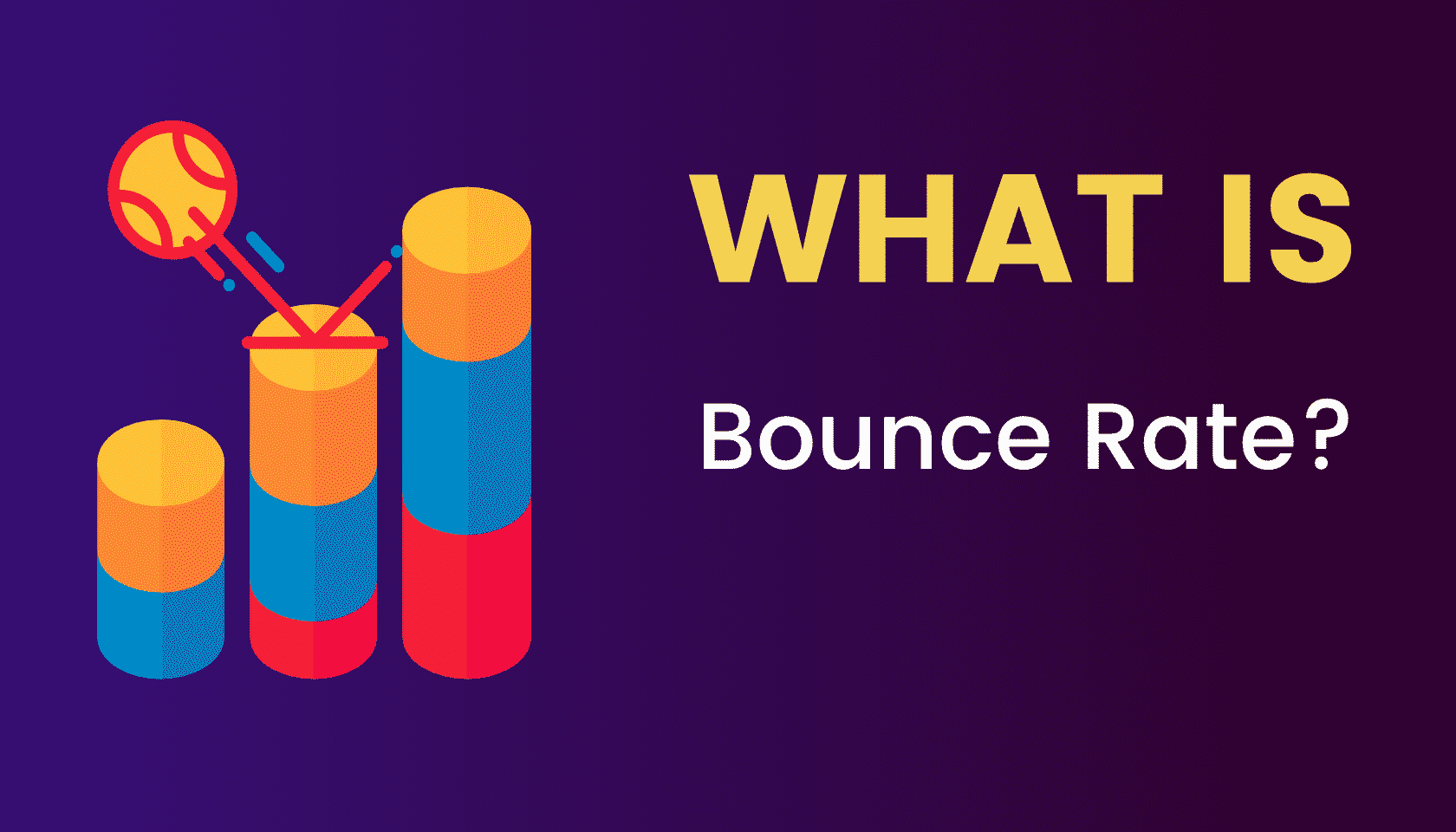
Peter Jobes
Definition of Bounce Rate
Bounce Rate is another technical term, used to describe a percentage of viewers that leave after only seeing a single page of a site.
While having a high bounce rate, especially with strong call-to-actions in place, isn’t necessarily a bad thing – it can be a guiding factor on how to improve your blog.
So you’re happy with your blog, and you have your site set up just the way you want, but when you analyse your stats you see that you’re still getting a high bounce rate in return – why is this? There are many reasons for a higher-than-usual bounce rate (while also noting that having 70-90% of visitors leave your website after seeing only one page is considered average). The good news is that in some cases it means that your visitors have found everything that they need on your homepage and have no reason to look further, which is an indicator of a great blog design and well-placed call-to-actions. But sometimes it can mean that your target audience is struggling to find reasons to explore your page further – maybe the layout or the content just isn’t quite appealing enough.
It’s also important to realise the distinction between the bounce rate and pogo-sticking. Pogo-sticking happens when someone clicks on the website from search results and then, almost immediately, clicks back to search results. Google and other search engines use ‘click-backs’ as one of more than 200 factors that determine the ranking position of a particular website.
To check your bounce rate, log-in to your Google Analytics, go to Audience > Overview (make sure to select your date range at the top of the page). Here is an example of bounce rate:

It’s also worth bearing in mind that bounce rates alone don’t paint the full picture of how your website is performing – a far more reliable indicator can be seen in monitoring how long a visitor views your site for before leaving. This is recorded on Google Analytics as Session Duration, and we can take a lot more from checking the average time spent on our blog, as opposed to how many clicks we receive once we’re there.
To ensure that you a target audience from abandoning your site at the first hurdle, double check your use of keywords and marketing methods. If your website doesn’t appear to offer the sort of content or services that it’s promising, then you’re bound to attract the wrong kind of traffic. Furthermore, make sure that your web layout is simple and easy to use – ambiguous links and cluttered pages won’t do you any favours.
Other causes for high bounce rates include, but are not limited to: poor page loading times, verbose or hard to digest dialogue, too many adverts and poor website design.
Often high bounce back rates come as a result of a blogger failing to entice their target audience. It’s important to be clear on your homepage, and use the space as a way of explaining why the reader has made the right decision to visit your site, and how continuing to explore your pages will be a smart move in helping them find what they’re looking for.
Tip: Use tools like Google Analytics to monitor your blog’s performance. If you notice certain parts of your site are receiving a worryingly short session time from visitors, take a look into what may be causing this – and use your better-performing pages as examples to follow elsewhere on your site.
Further Reading:
1. Increase Your WordPress Performance in 5 minutes
2. Why Should SEO go Hand-in-Hand With UX
3. 15 Most Common User Experience Issues (and how to fix them)

Peter Jobes
Content Marketing Manager

